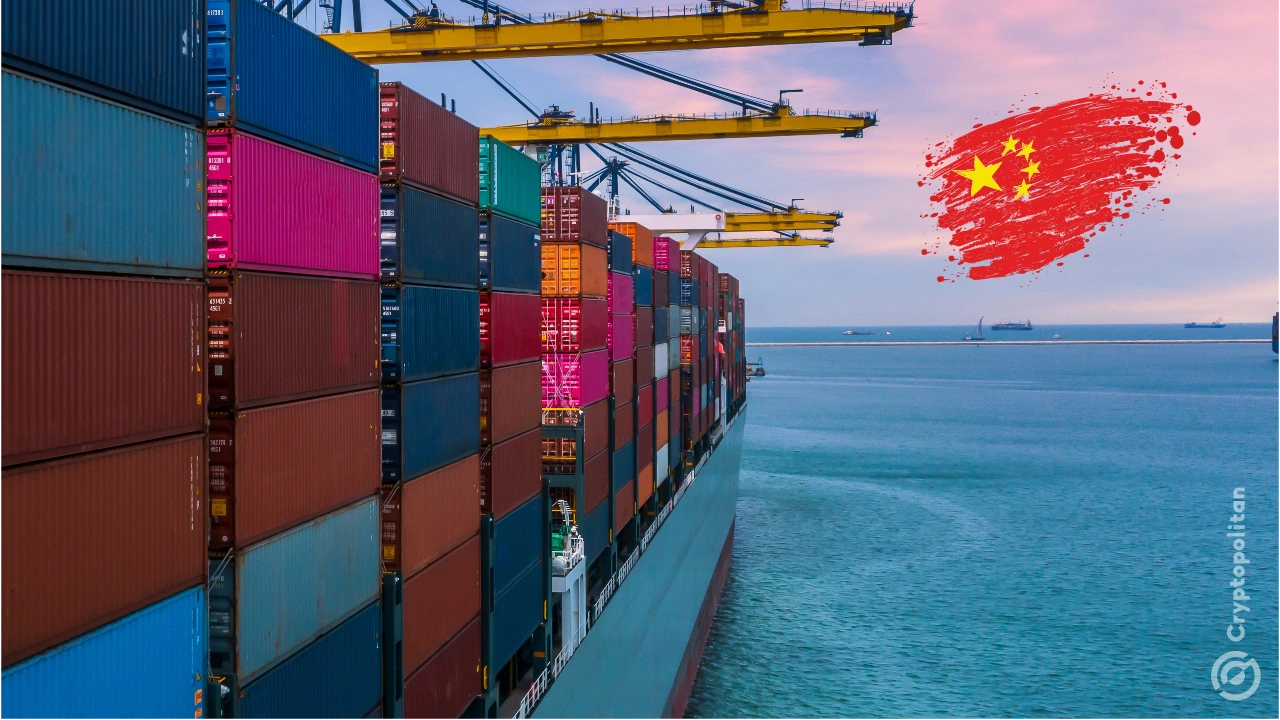China’s exports have seen the fastest growth rate since July 2022. However, Chinese factories are now quickly moving inventory to overseas markets as Trump’s sweeping victory raised tariff threats.
Data reported by Reuters revealed that China’s exports (+12.7%) and imports (-2.3%) exceeded expected figures of +5.2% on exports and -1.5% on imports.
Trump’s win in the just concluded U.S. elections brought his campaign pledge to impose tariffs in excess of 60% on China’s imports into focus. Trump’s tariff threat on China rattled officials and factory owners as worries over China’s $500B worth of exports to the U.S. continued to grow.
Chinese exports have grown steadily since October
China's outbound shipments grew at the fastest pace in over two years in October as factories rushed inventory to major export markets in anticipation of further tariffs from the US and the European Union, as the threat of a two-front trade war looms https://t.co/jQWJqAbjfU
— Reuters (@Reuters) November 7, 2024
As Chinese exports beat forecasts and surged over 12% in October, the corresponding percentage drop in imports resulted in the third-highest trade surplus of $97.5 billion. Chinese steel exports in October reached the highest since September 2015, surging 40.81% YoY.
According to research analyst Amit Gupta, year-to-date exports increased by 23.3% to $91.89 million tons, surpassing last year’s total export of 90.26 million tons. Customs data on outbound shipments from China confirmed that the world’s second-largest economy’s trade surplus grew to $95.27 billion in October, up 16.6% from September’s figures.
“We can anticipate a lot of front-loading going into the fourth quarter, before the pressure kicks in come 2025…I think it is mainly down to Trump. The threat is becoming more real.”
– Xu Tianchen, Senior Economist at the Economist Intelligence Unit.
China to U.S. exports had an annual increase of over 8% in October, while exports to Europe jumped 12.7% over the same period.
Zichun Huang, a China economist at Capital Economics, expected outbound shipments to remain strong in the coming months. Trump’s return was likely to create a short-term boost in Chinese exports headed to the United States. She added that importers in the U.S. were also likely to increase purchases from China ahead of the tariffs, meaning that any potential drag from Trump’s tariffs would only be felt from mid-next year.
China’s imports suffer from weak demand in the domestic market
In October, Chinese imports from Southeast Asia and the European Union economies experienced an annual decline of 7.3% and 6.1%, respectively. Purchases from Japan, on the other hand, saw a slight increase.
As the world’s largest oil importer, Chinese oil purchases dropped 9% in October, spiraling downwards for the sixth month in a row. Economist Zhou Maohua claimed that China bought less oil than expected because the economy was not recovering fast enough. He added that the impact of rising bases and low import prices further slowed import growth.
Overall, Chinese economists warned Beijing against over-reliance on exports for economic growth as China’s trade engine now faces challenges. Instead, they suggested the introduction of more stimulus to counter the effects of Trump’s tariffs.
ANZ’s chief economist for greater China, Raymond Yeung, said that authorities could also consider policy measures such as access to funding and subsidies to offset the tariff’s impact. Yeung added that commercial policy measures would also include local consumption campaigns and the establishment of new export markets among the “Belt and Road” countries.





